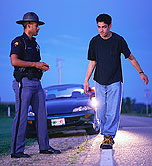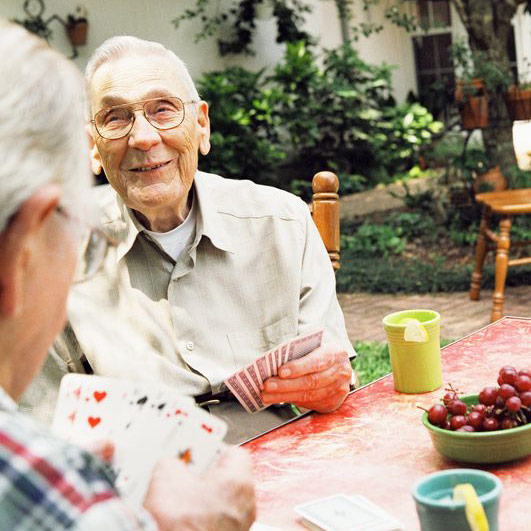
FRIDAY, Nov. 19 (HealthDay News) — With alcohol-related deaths and injuries rising on U.S. college campuses, college officials are trying various ways to stem the tide of heavy drinking. One effort that targeted off-campus boozing shows some promise, researchers say.
A program at a group of public universities in California cut the level of heavy drinking at private parties and other locations by 6 percent, researchers report in the December issue of the American Journal of Preventive Medicine.
The so-called Safer California Universities study included measures such as stricter enforcement of local nuisance ordinances, police-run decoy operations, driving-under-the-influence checkpoints, and use of campus and local media to spread the word about the crackdown. It’s one of the first studies of college drinking that focuses on the environment rather than on prevention aimed at individuals, the researchers said.
“The goal was to reduce the number of big parties, which are more likely to involve heavy drinking,” said lead author Robert F. Saltz, senior research scientist at the Prevention Research Center, Pacific Institute for Research and Evaluation in Berkeley, Calif.
“There’s this mythology about college drinking that nothing works, and that if you do try to increase enforcement, students will just find some way around it,” Saltz added. “But now we have direct evidence that these kinds of interventions can have a fairly significant impact.”
Eight campuses of the University of California and six campuses in the California State University system were involved in the study. Half the schools were randomly assigned to the Safer program, which took effect the fall semesters of 2005 and 2006. Student surveys were completed by undergrads in four fall semesters (2003 through 2006), and researchers analyzed samples of 1,000 to 2,000 students per campus per year.
The surveys asked about their drinking habits — where the students drank, if they had gotten drunk, and if they had engaged in binge drinking, which means having four or more consecutive drinks in a row for women, and five or more drinks for men, in the previous two weeks.
The students were also asked about drinking at six specific settings, including college events, such as football games, and parties at apartments, fraternity/sorority houses and bars.
Previous studies have shown that nearly half of U.S. students at four-year colleges binge drink regularly. Excessive drinking by undergrads causes more than 1,800 deaths each year, 590,000 unintentional injuries, close to 700,000 assaults and more than 97,000 sexual assaults, according to background information in the study.
The researchers found that students from Safer universities were 9 percent less likely to have consumed alcohol to intoxication at the last off-campus party they attended, and 15 percent less likely to have done so at bars/restaurants. It also appeared that less drinking occurred at fraternities and sororities. These reductions were considered the equivalent of 6,000 fewer incidents of drunkenness at off-campus parties, and 4,000 fewer at bars and restaurants during the fall semester at each school, compared with schools that didn’t implement the measures.
“A big concern has been that adding controls over one location will just drive the students to drink in other riskier places, like public parks, but I was really gratified to see that this didn’t happen,” said Saltz.
One college administrator praised the findings. “This study is exciting to me,” said Shirley Haberman, director of GatorWell Health Promotion Services at the University of Florida, in Gainesville. “Having a rigorous, research study on environmental strategies should prove very beneficial for administrators and practitioners on college campuses.”
More information
To learn more about alcohol abuse, see the Nemours Foundation.

